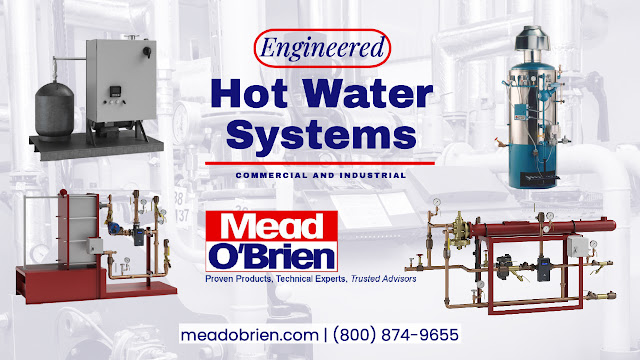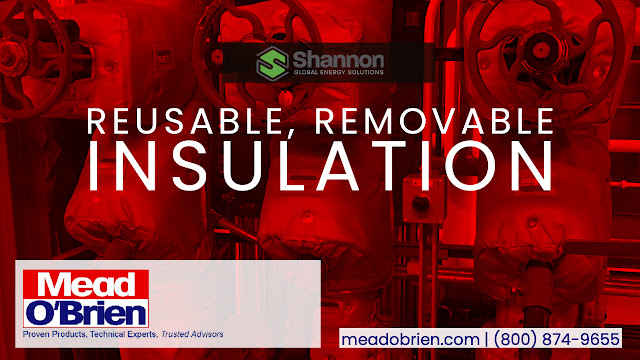Choosing the right company specializing in engineering and integration services to design and install industrial and commercial hot water systems can significantly value your organization. You can realize this value through several key aspects, including expertise, cost savings, efficiency, safety, and scalability.
- Expertise: A specialized company has extensive knowledge in designing, installing, and maintaining large-scale hot water systems. Their engineers and technicians are highly skilled in selecting the right components, such as boilers, pumps, valves, and control instrumentation, ensuring a high-quality and reliable system that meets the specific requirements of your business.
- Cost savings: By partnering with an experienced company, you can save costs in several ways. First, you avoid making expensive mistakes during the design and installation phases. Second, the company's knowledge of the latest technologies and best practices allows them to design energy-efficient systems, reducing operational costs. Third, they can also help you take advantage of available incentives and rebates from utility companies and government programs.
- Efficiency: A well-designed hot water system ensures optimal performance and efficiency. By working with a specialized company, you benefit from their expertise in selecting and configuring the right components to achieve the highest possible efficiency, reducing energy consumption, lowering greenhouse gas emissions, and minimizing your environmental impact.
- Safety: Industrial and commercial hot water systems involve high pressures, temperatures, and potential hazards. By partnering with a company experienced in these systems, you ensure adherence to all safety protocols and regulations, which reduces the risk of accidents and liabilities.
- Scalability: As your business grows, your hot water system may need to be expanded or upgraded. An experienced company can design your system with scalability in mind, making it easier and more cost-effective to add capacity or make modifications in the future.
- Compliance: A specialized company knows the codes, standards, and regulations governing large industrial and commercial hot water systems, ensuring that your system is designed and installed in compliance with all applicable requirements, avoiding potential fines and penalties.
- Support and maintenance: A reliable partner can provide ongoing support, including regular maintenance, troubleshooting, and repairs, ensuring your hot water system remains in optimal condition throughout its lifecycle, reduces downtime, and extends the life of your investment.
Mead O'Brien offers engineering and integration services for industrial and commercial hot water systems providing expertise, cost savings, efficiency, safety, scalability, compliance, and ongoing support. Partnering with Mead O'Brien leads to a more reliable, efficient, and cost-effective hot water system for your organization, while minimizing risks and ensuring compliance with relevant regulations.
For more information, contact Mead O'Brien. Call (800) 874-9655 or visit https://meadobrien.com.






